Obviously, not everyone agrees with our last post "Why Architecture Competitions are Bad for Architects". A day after our post, archdaily, posted "Why open architecture competitions are good for Architects, a counter argument".
The archdaily post, some blog comments, and a few twitter posts claim that our argument against competitions is an attack on creativity and passion within the architecture profession. This couldn't be further from the truth. A few questions to ponder:
Do open competitions have a monopoly on creativity?
Are competitions the only way to progress the architecture profession?
Absolutely not.
Open architecture competitions actually take much of the creativity out of what architects do. They provide everything: the site, program, objectives, and deadlines. Then they judge your work in private, without any back and forth collaboration.
It's comforting for architects to have all of this delivered to them. It's exactly how architecture school works. All the architect has to do is design in a bubble. I can certainly see the appeal.
Many architects will never be convinced that open competitions are bad for them and that's fine. But I would feel bad ripping on open competitions without providing some viable alternates.
Architects will at some point inevitably find themselves with free time and/or needing a release from the daily grind. Instead of doing what architects have traditionally done (open competitions), consider one of these options instead:
1. Pro Bono Architecture
Pro bono work is more rewarding and has far more upside than an open architecture competition. And there are plenty of non-profit organizations that need an architect's help, but can't afford it.
The 1% program website is a great starting point to learn about pro bono architecture and connect with with non-profits looking for architects. The 1% program asks that you donate at least 1% of your time to providing free or deeply discounted design work. In exchange, you get a rewarding experience working with people and building connections. Your work is also likely to be constructed and the publicity and experience you'll receive can lead to future paid commissions -often times in project types where you previously had no experience.
2. A Design Intervention
This is how the 1% program got started. Public Architecture, a firm in San Francisco, decided that instead of entering another pointless competition, they would use that time and energy to improve their neighborhood through actual design interventions. They took an unused portion of the street and made it a temporary public park. The project was built with donated materials and labor. The neighborhood praised their efforts and the Mayor of San Francisco spoke at the project's opening. Now that's a great use of an architect's time.
Mayor Newsome at the opening of Public Architecture's Pavement to Parks Project. Photo from Public Architecture's website.
Your Mayor doesn't give a shit about your open architecture competition entry.
A design intervention is essentially like doing your own competition. If you're going to do free work, you might as well do it for yourself and for something you're passionate about. Find a problem in your neighborhood, your city, and solve it. Get the community involved. Publish the process and the results, even if it never gets constructed.
3. Non-Architecture Projects
If you want a release, try out your design skills on something new. A few ideas:
Furniture - A coffee table for a modern lifestyle (laptops and ipads).
Building Materials - I have yet to see a building facade system that can be easily removed and recycled (like carpet tiles).
Products - Why let Karim Rashid have all the fun?

Karim is laughing at you because you're letting him and Phillipe Stark design all the cool stuff. Photo by Roman Leo, New York
Textiles - There's a serious shortage of great modern rugs. I know, I've looked.
T-Shirts - A flooded market, but an easy one to get into nowadays.
4. Architect as Entrepreneur
Architects should be more entrepreneurial. We have some of the best problem solving skills around, yet we mostly wait for the phone to ring to get projects. We wait for the problem to come to us.
Imagine how much better our cities would look and function if more architects got involved in real estate development. Creating their own projects and developing them. Well, you don't have to imagine. Jonathan Segal, FAIA and Sebastian Mariscal have been doing this for years in San Diego with great success.
5. Go to a Bar
You are more likely to meet a stranger at a bar that will hire you to design them a real building than to win an actual architectural commission from an open competition. And even if you don't, you'll at least leave happy and having spent less money than you would on a competition.
If you have any additions to this list that you'd like to share, please add a comment.
Let's keep in touch - subscribe to this blog via email (top of right column) or RSS (for the techies).


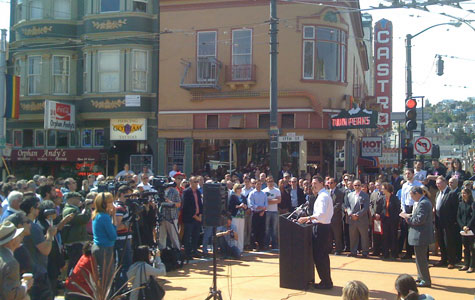
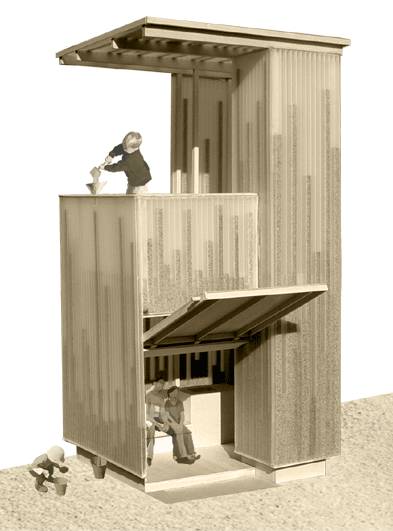
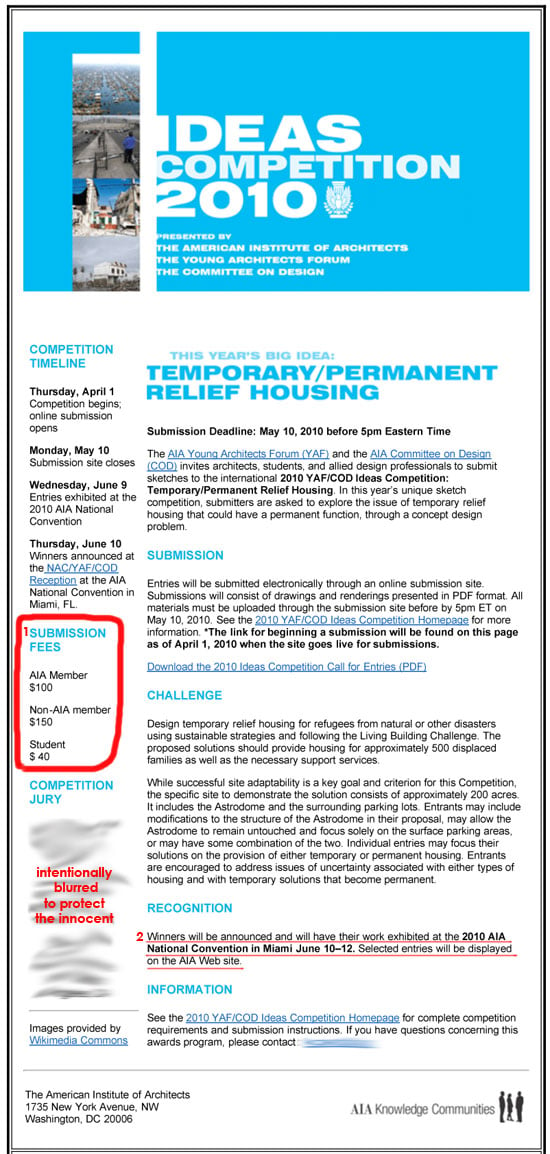

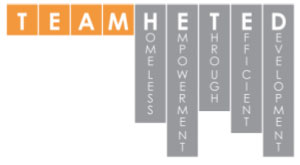





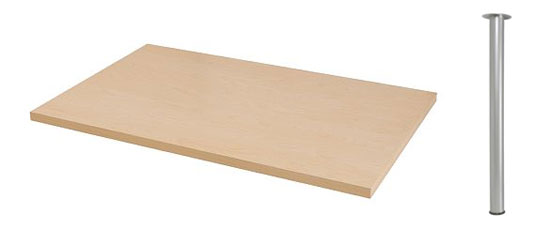
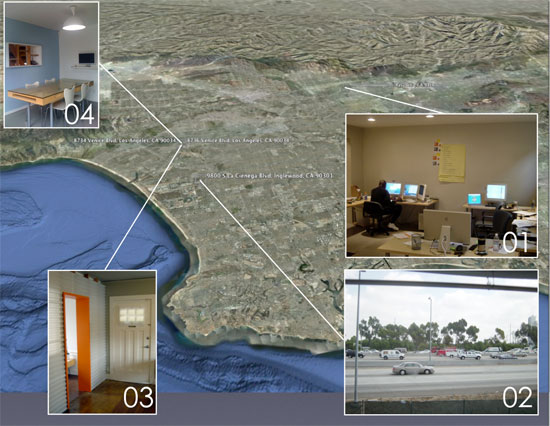
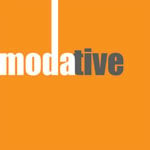


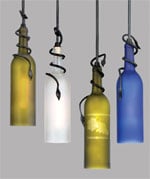





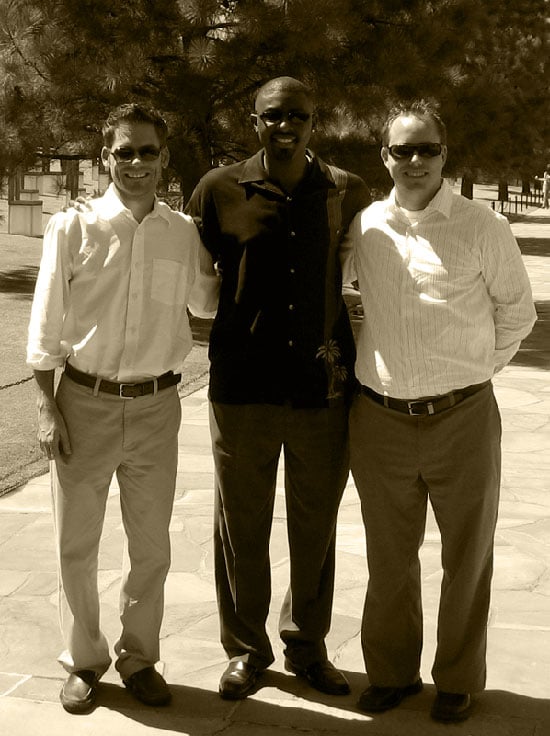
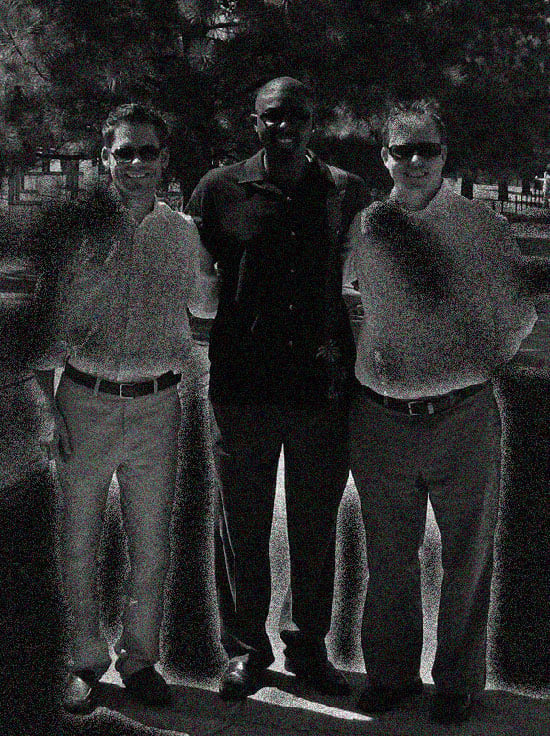
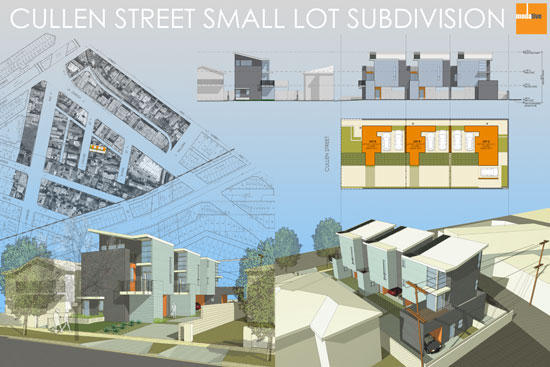
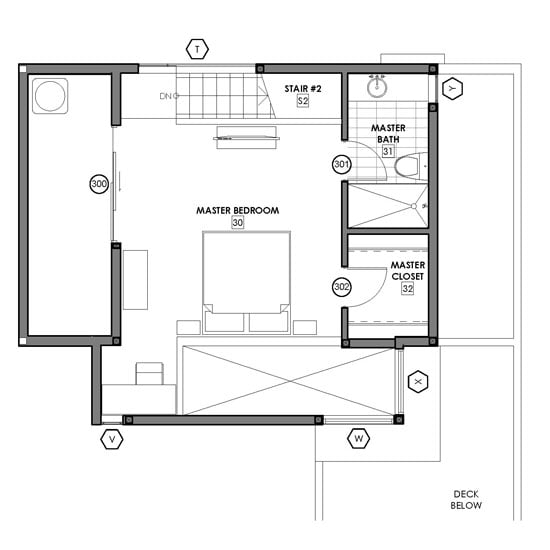
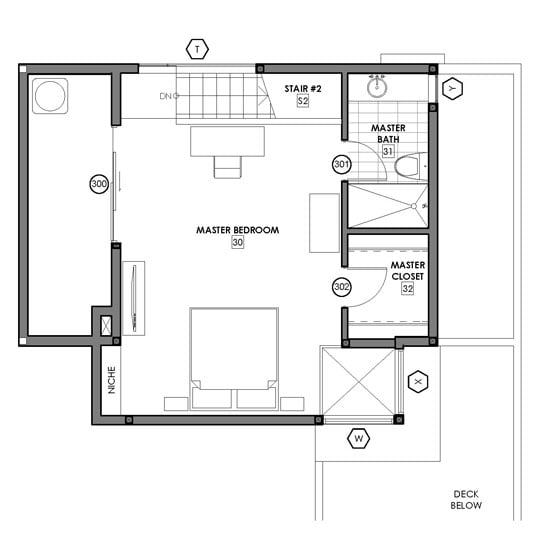
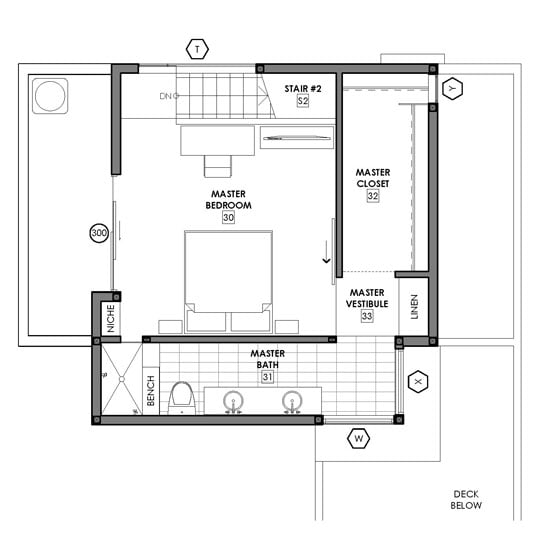
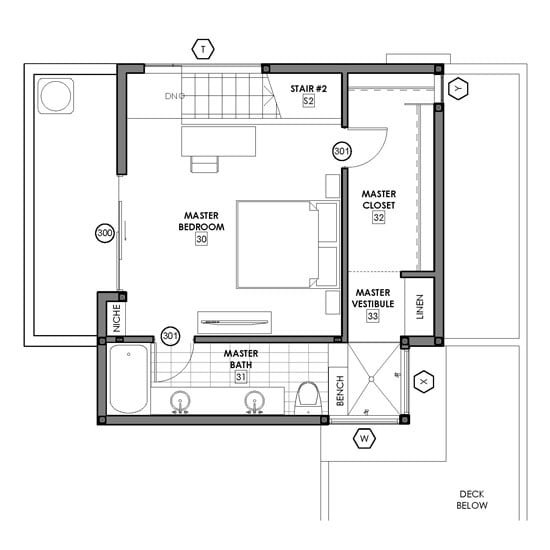
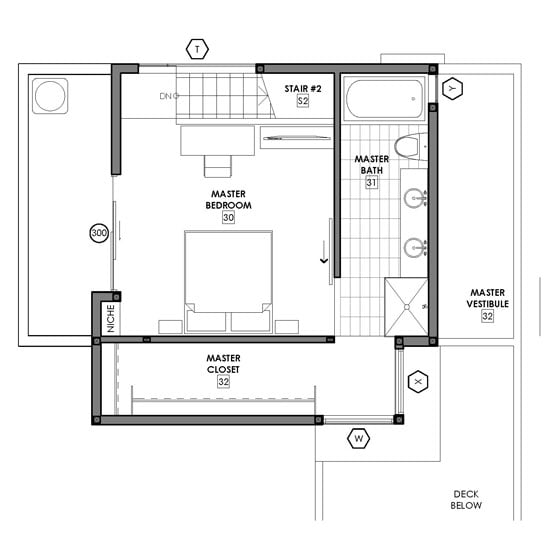
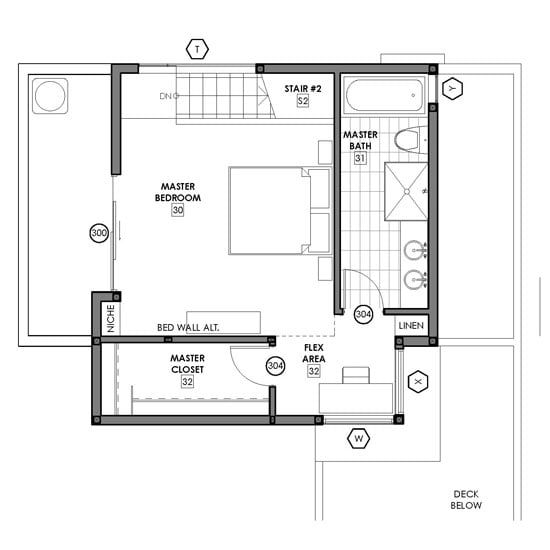


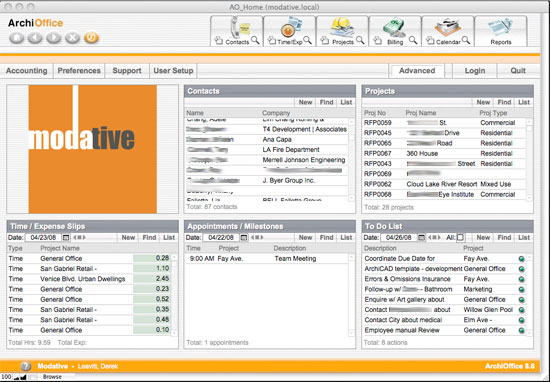
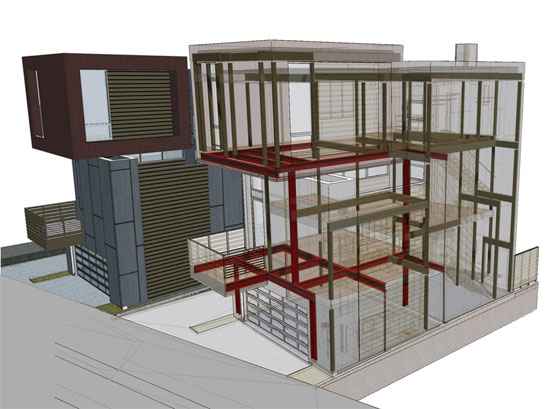

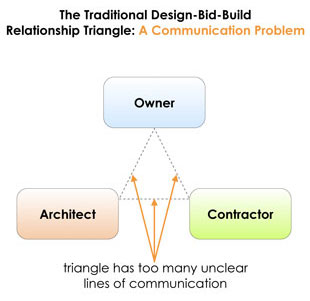

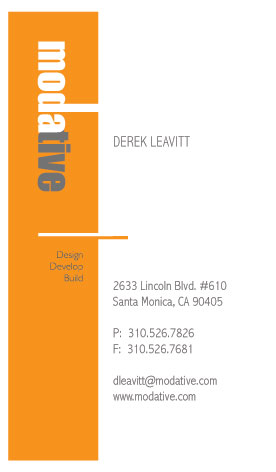

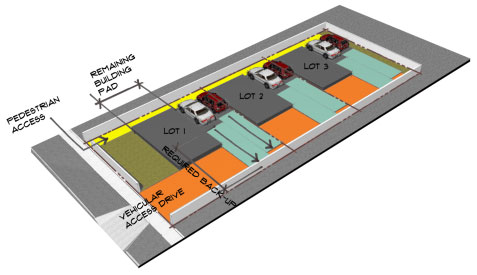
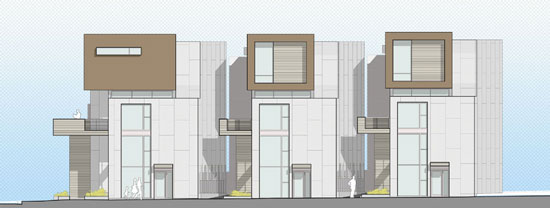 Just thought this post could use a pretty picture. It was either this or a cheesy stock photo of business people shaking hands.
Just thought this post could use a pretty picture. It was either this or a cheesy stock photo of business people shaking hands.
